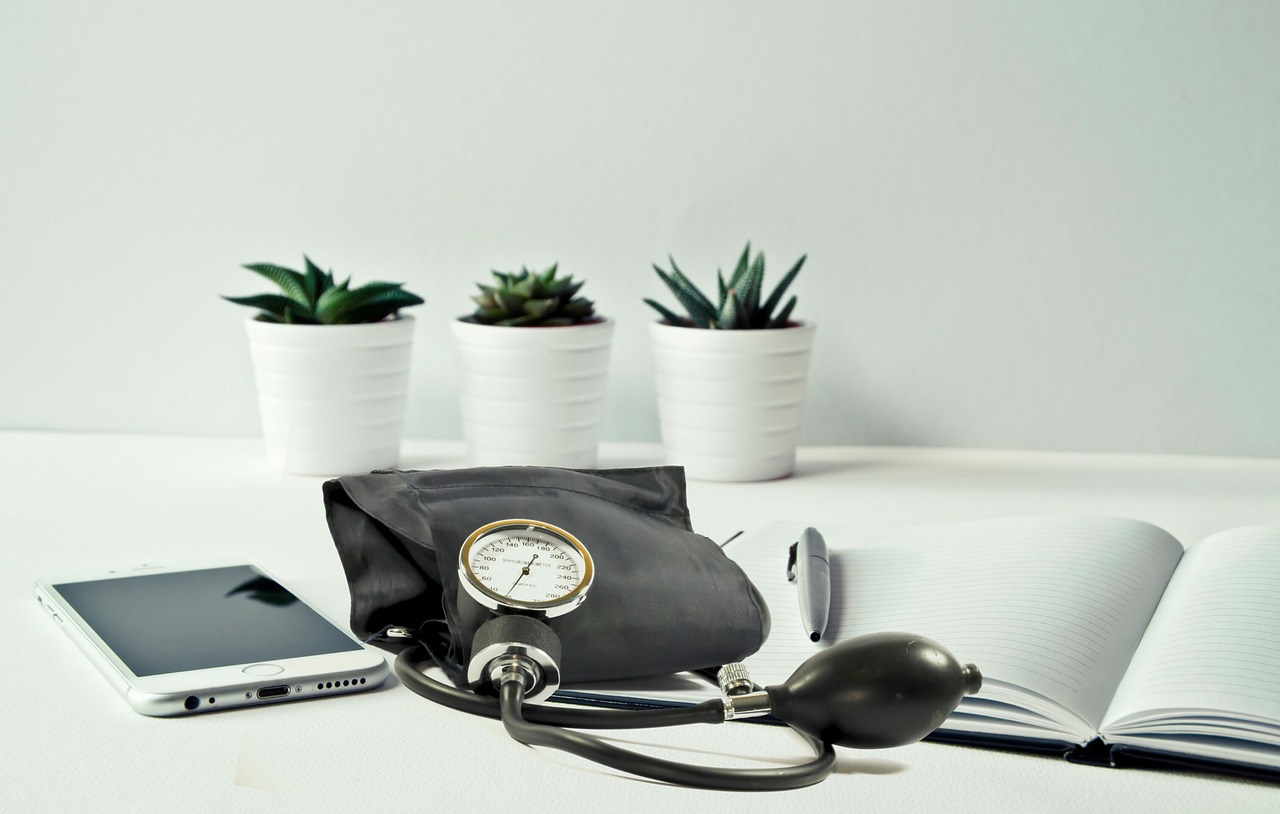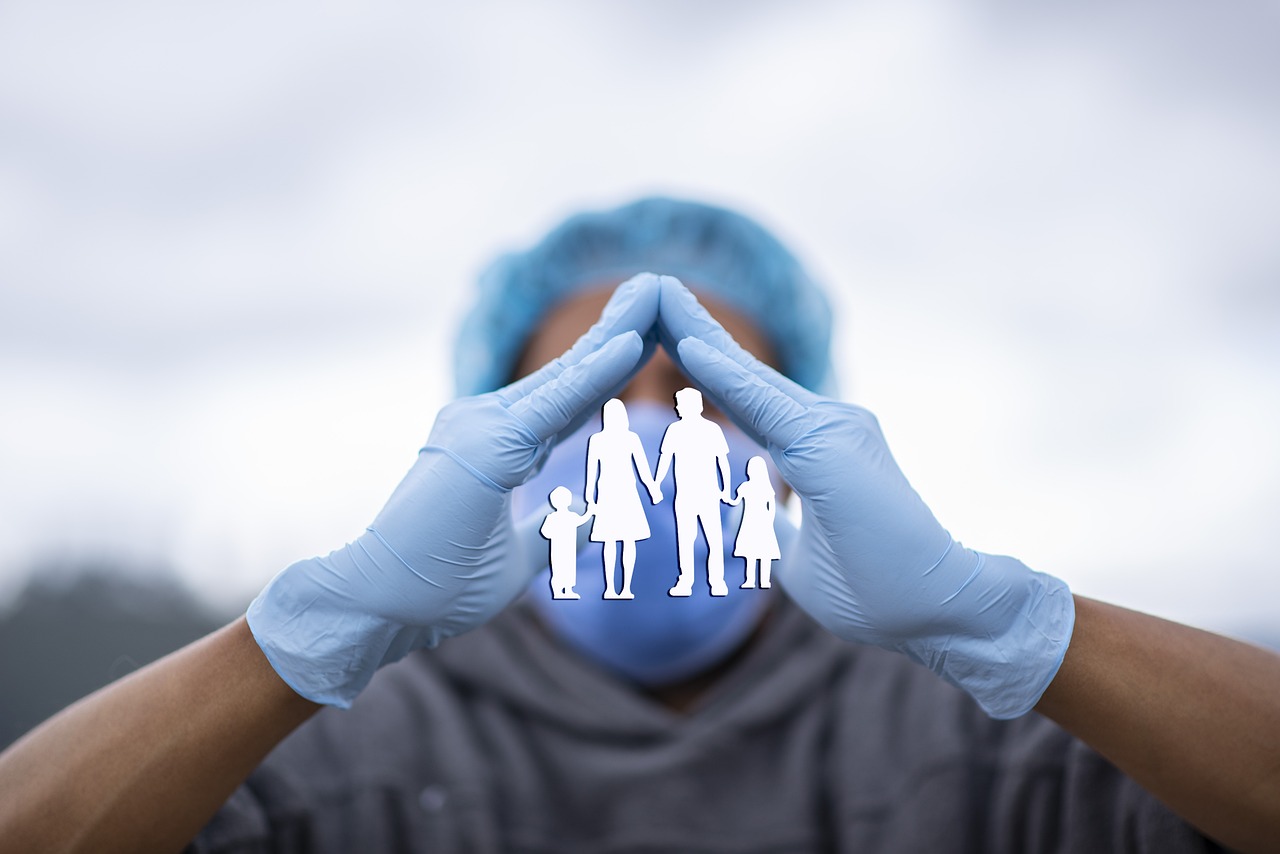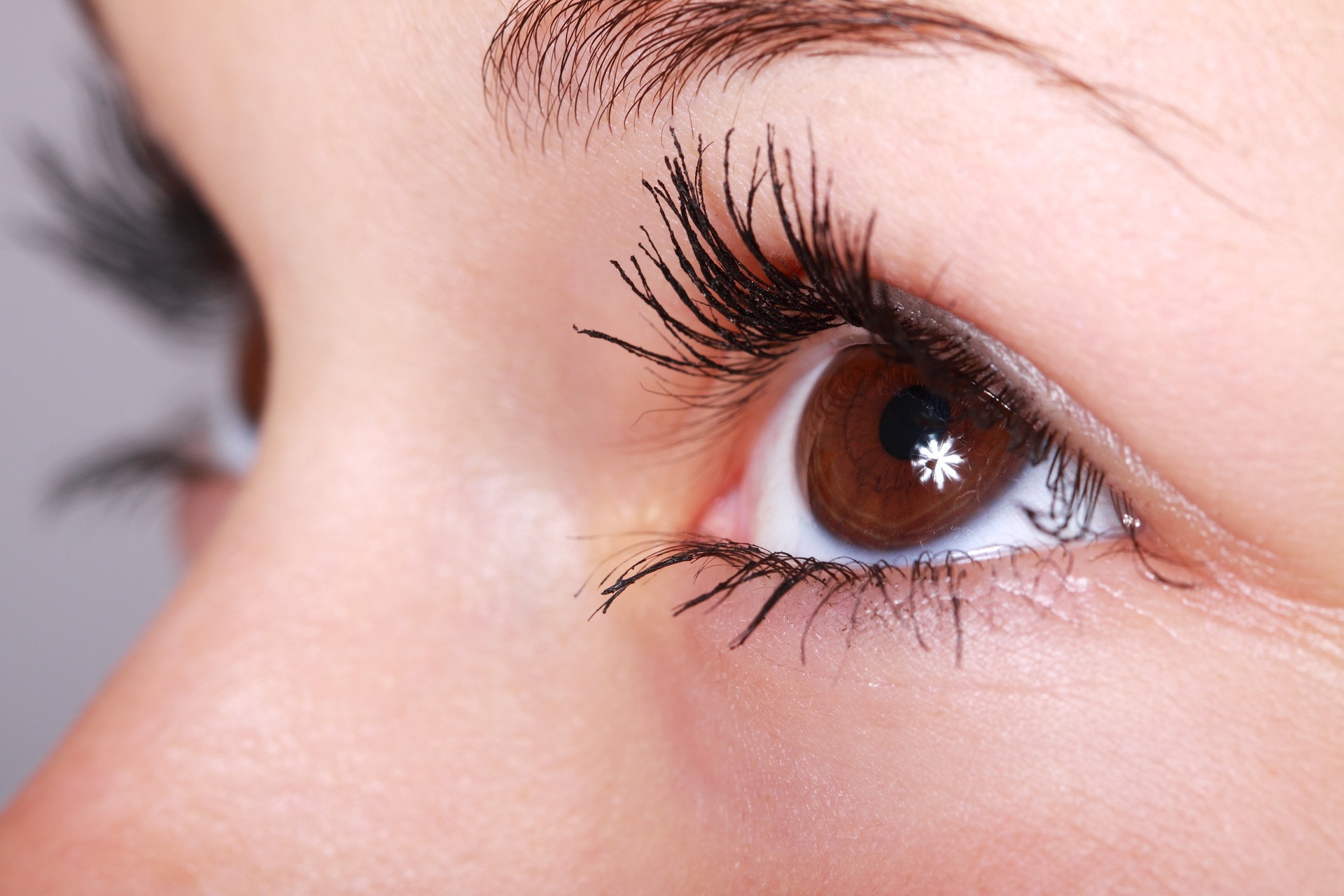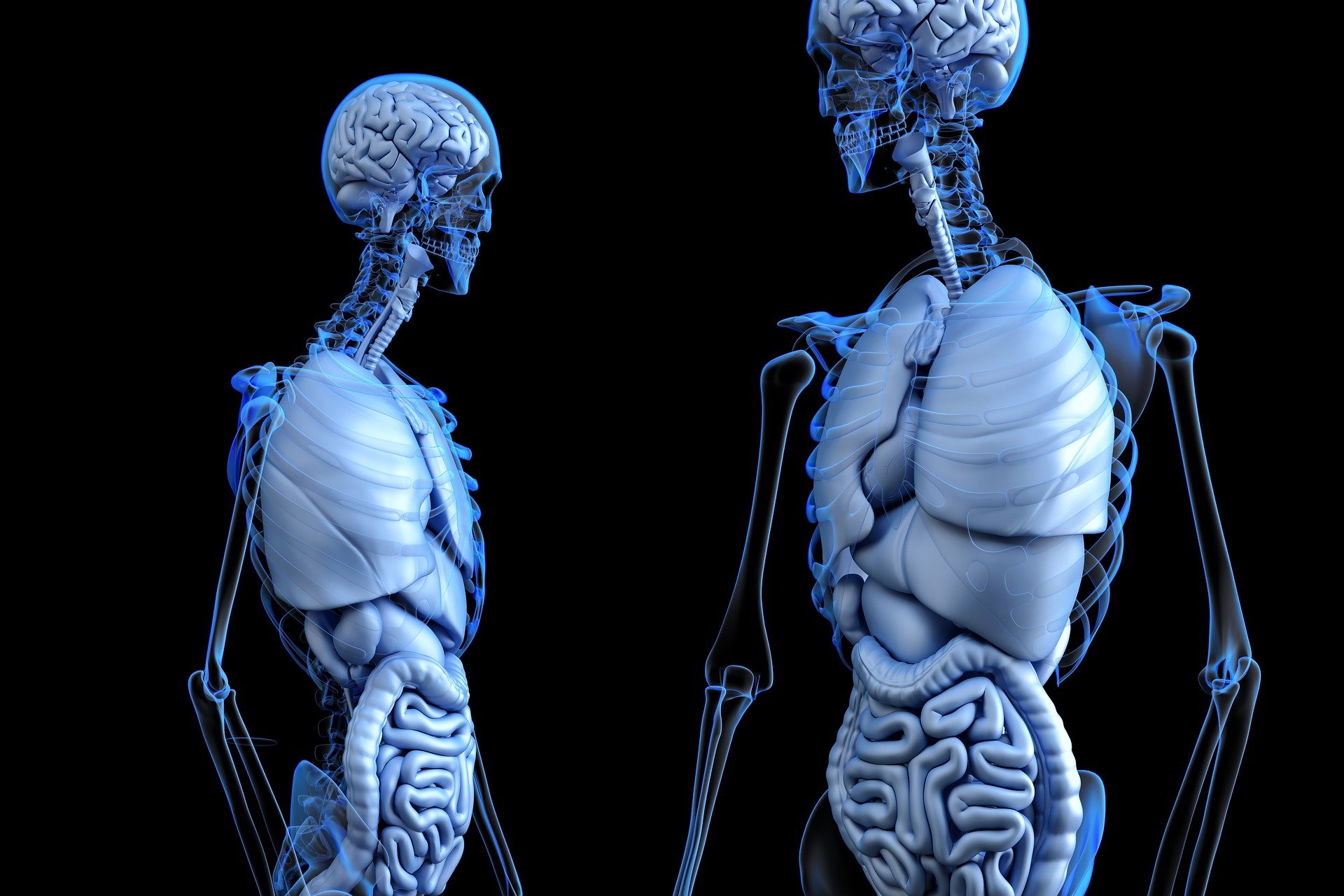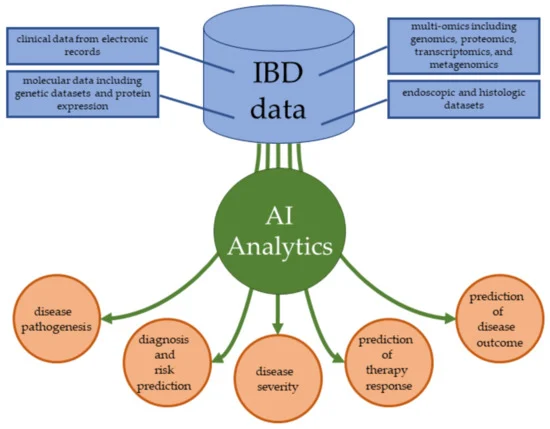Biometrics in computer vision is basically the combination of Image Processing and Pattern Recognition. Biometrics deals with the recognition of persons based on physiological characteristics, such as face, fingerprint, vascular pattern or iris, and behavioural traits, such as gait or speech.
Biometric technologies and computer vision are more and more needed to allow modern safe, fast and comfortable recognition, surveillance, protection and assistance services. Biometric systems are more and more relevant in applications which need visual, audio or other sensor data input to be able to collect these data and as well to recognize, analyse and steer the right expected actions.The applications are coming from many different industry domains for example healthcare, safety, surveillance, production, automotive, and many more. The sensors, cameras, and microphones are getting more and more safe, secure, accurate, robust and reliable and need to be integrated with adequate comparison, crosscheck and fusion functionality.
Computer Vision & Biometrics in Healthcare
In the last decades the healthcare industry has been supported by an ever increasing number of Computer Vision applications. One of the emerging fields in this scenario is biometric traits and related research that are typically aimed at security applications involving person authentication and identification. However, the increasing sensitiveness and image quality of the sensors available nowadays, along with the high accuracy and robustness achieved by the classification algorithms proposed nowadays, open new applicative horizons in the context of healthcare, to the aim of improving the supply of medical treatments in a more customised way, as well as computational tools for early diagnosis. The main implications of Computer Vision for medical usage are imaging analysis, predictive analysis and healthcare monitoring using biometrics in order to minimise false positives in the diagnostic process or control the treatment.
Following Devices & Sensors can been integrated in biometrics solutions:
🎦Biometrics cameras
🎦3D Camera systems
🎦Iris scanners
🎦fingerprint sensors
🎦Microphones
🎦Health sensors (body temperature, blood-samples, heartbeat, blood pressure, …)
🎦Actuators
🎦Alarming systems
🎦Barring and lock systems
🎦Smart devices, watches
🎦Ultrasonic
🎦Radar and Lidar
Biometrics | Some technical background
Biometric Authentication
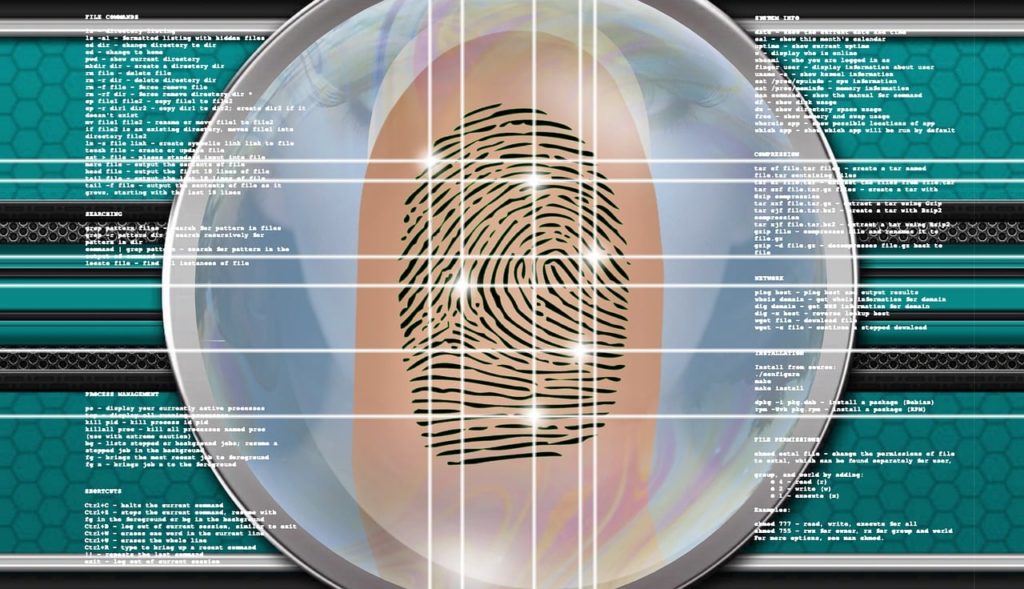
Biometric systems rely on several discrete processes: enrolment, live capture, template extraction, and template comparison.
The purpose of enrolment is to collect and archive biometric samples and to generate numerical templates for future comparisons.
By archiving the raw samples, new replacement templates can be generated in the event that a new or updated comparison algorithm is introduced to the system.
Practices that facilitate enrolment of high-quality samples are critical to sample consistency, and improve overall matching performance, which is particularly important for biometric identification by “one-to-many” search.
Template extraction requires signal processing of the raw biometric samples (e.g. images or audio samples) to yield a numerical template. Templates are typically generated and stored upon enrolment to save processing time upon future comparisons. Comparison of two biometric templates applies algorithmic computations to assess their similarity. Upon comparison, a match score is assigned. If it is above a specified threshold, the templates are deemed a match
Computer Vision and biometrics in different Industries

Computer vision technology is one of the most sought-after tech concepts these days. Raconteur reports that innovation is omnipresent in our lives, from driving cars to using search engines. We are going to dwell upon several popular fields for implementing computer vision solutions:
- AR-enhanced images and videos
- Robots in retail and supply chain
- Advanced medical imaging tools
- Tools to enhance OCR-ed images
- Approaches to mitigate biases in sports
- Techniques to boost agriculture industry
- Facial recognition and access systems
- Mood and thief detection
- Iris matching and access control
- Voice matching system
- Fingerprint detection and identification
- Payment and banking
- Mobile recognition devices
- Physical and safety solutions
- Keyless locking systems
- Area protection systems
- Airport access systems
- Surveillance and observation
- Gesture and behaviour detection
- Sleeping monitoring sensor observation
- Surgical head camera
- Servant home robots
- 24/7 patient monitoring
- Operation room equipment
- Robot and robotics solutions
- Manufacturing and production quality control
- and many more…..
Due to the many use cases for solutions with telemetry sensorics and data, a critical prerequisite to making the innovation a cross-industry trend is data growth worldwide. According to statistics, users share more than 3 billion images online daily. Built-in cameras and personal mobile devices generate data permanently. What is more, computing power for analysis of massive data has become available and affordable so far.
Computer Vision is using Machine Learning & Deep Learning the subareas in the field of Artificial Intelligence.
This big amount of data makes it impossible to keep an overview about all tendencies, changes and aspects ongoing at any time and with best insight. Therefore AI technology is requested for analytics and evolutionary learning and fast and accurate visualisation or action triggers.
Computer Vision & Machine Learning & Deep Learning evolution
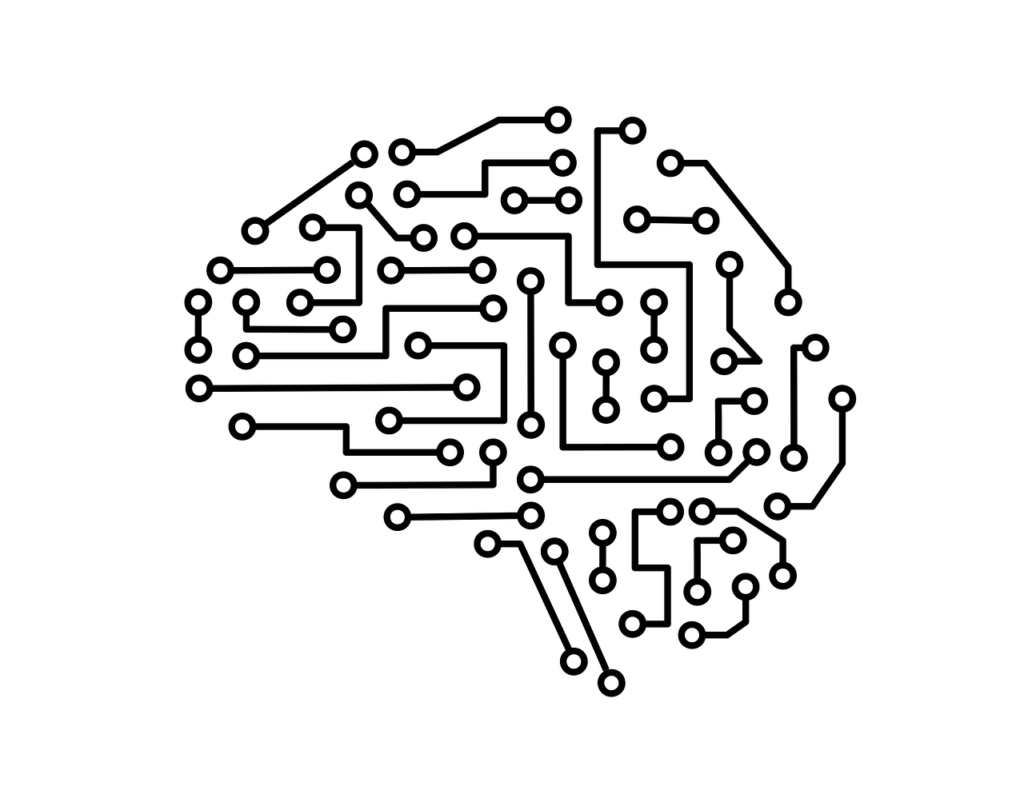
Machine learning and computer vision are two fields that have become closely related to one another. Machine learning has improved computer vision about recognition and tracking. It offers effective methods for acquisition, image processing, and object focus which are used in computer vision. It is able to learn without being explicitly programmed.
In turn, Computer Vision has broadened the scope of machine learning. It involves a digital image or video, a sensing device, an interpreting device, and the interpretation stage.
Machine learning is used in computer vision in the interpreting device and interpretation stage.
Deep Learning is a further step that the Network itself is capable of adapting to new data.
Exploring and developing many PoC and product projects in these areas allows Thaumatec to support all industry domains with best experience and know how to develop, integrate and equip existing and new products with the not dispensable related SW elements.
If you should need more insight or any help, please contact us at
https://thaumatec.com/contact/






